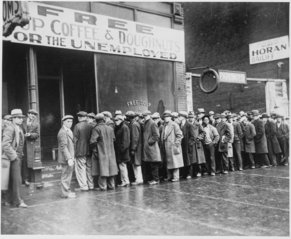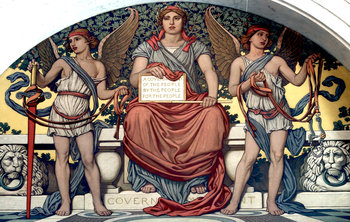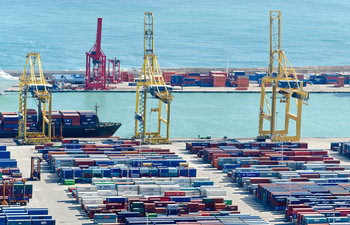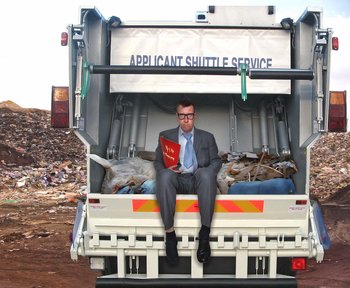
Supply
The supply of skilled labor to the labor market. In the long term, this is influenced by factors such as demographics and education. In the short term, labor supply is influenced by the economy and perceptions of opportunities.Demand
Demand for labor including hiring and changes in employee hours. This is influenced by factors such as economic conditions, business confidence and business investment.Elasticity
Elasticity is how much supply and demand changes in response to variables such as wages. For example, a high wage in a particular profession will increase the supply of workers with time as people who are attracted to the high salary will learn the skills necessary to enter the profession.Wages
Modeling wages based on supply and demand curves for a particular profession.Unemployment
It is possible to model employment levels with supply and demand curves. It is also possible to look at at the impact of economic output, economic growth, interest rates and regulations on employment levels. For example, economists might look at influence of regulatory burdens and risks on employment in a particular nation.Labor Participation Rate
People who aren't looking for work aren't typically considered unemployed. As such, it is important for economists to monitor the labor participation rate as seemingly low unemployment can be caused by low participation. Consumer confidence tends to impact the labor participation rate as people may go to school, play video games, focus on family or retire if they perceive a lack of opportunity in the labor market.Inflation
Low unemployment is considered an inflationary force. When unemployment is very low, demand for talent in certain professions may far outstrip supply such that employers engage in a bidding war for desirable employees. These higher salaries get passed on as higher prices.Productivity
The amount of value produced in an hour of work. This is influenced by hard infrastructure, soft infrastructure, knowledge, capital investment and information technology. For example, a farmer using modern heavy-duty farming equipment is more productive than a farmer using their hands.Human Capital
Human capital is the future productive capacity of a population. For example, a nation that improves in areas such as health, education and social infrastructure may also increase its human capital.Wage Slavery
The idea that certain types of employment resemble a system of control over employees that exploits their economic situation. For example, a nation that brings in foreign workers but only allows them to work for a single employer for a low wage such that they are bound to the employer with few rights.Housework
In some cases, labor economics models the value generated by non-compensated work such as housework, preparation of meals, household maintenance and caring for children and the elderly.Monopsony
Situations where there is a single employer for a particular profession such that the employer has unusual market power over wages. This single employer is usually a government. For example, a government with nationalized healthcare may be the sole employer of doctors in a nation.Welfare Economics
Modeling the impact of social programs such as a guaranteed minimum income on labor participation and other factors such as knowledge and risk taking. For example, a nation with a superior education system may enjoy more future productivity and innovation.Globalism & Protectionism
The ability of foreign workers to enter a local labor market can have a large impact on wages and employment. This may benefit firms and the overall economy with a greater supply of labor. This doesn't always benefit local labor who face increased competition in the job market. However, workers may benefit from reciprocal agreements with other nations that provide opportunities to live in another place. It is also possible to argue that by allowing foreign talent to work locally, it is possible to attract international employers and prevent local employers from relocating jobs overseas.Summary
The following are basic examples of labor economics.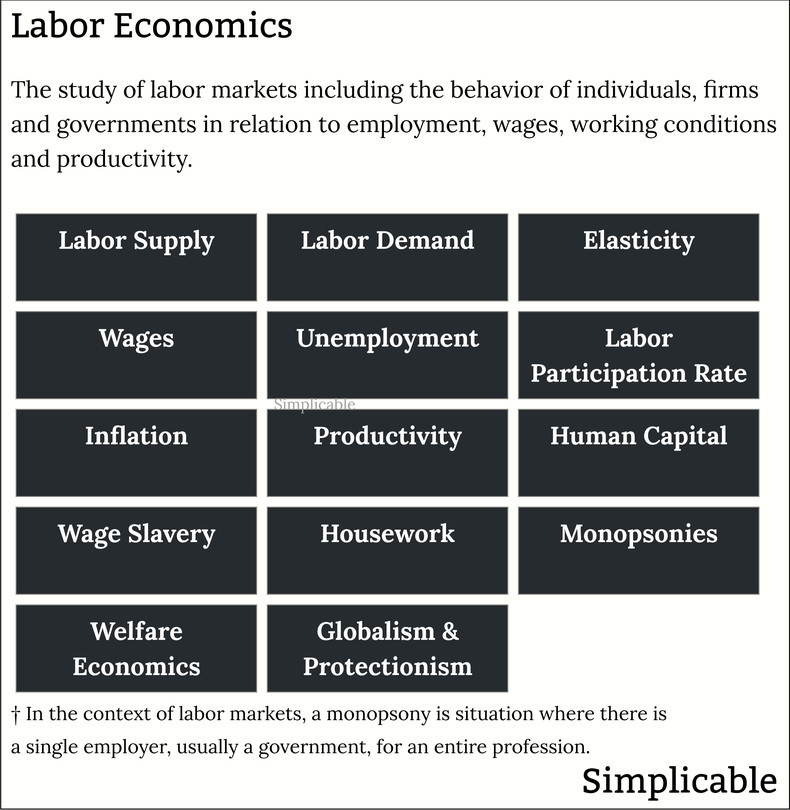
| Overview: Labor Economics | ||
Type | ||
Definition | The study of labor markets. | |
Also Known As | Labour Economics | |
Related Concepts | ||




